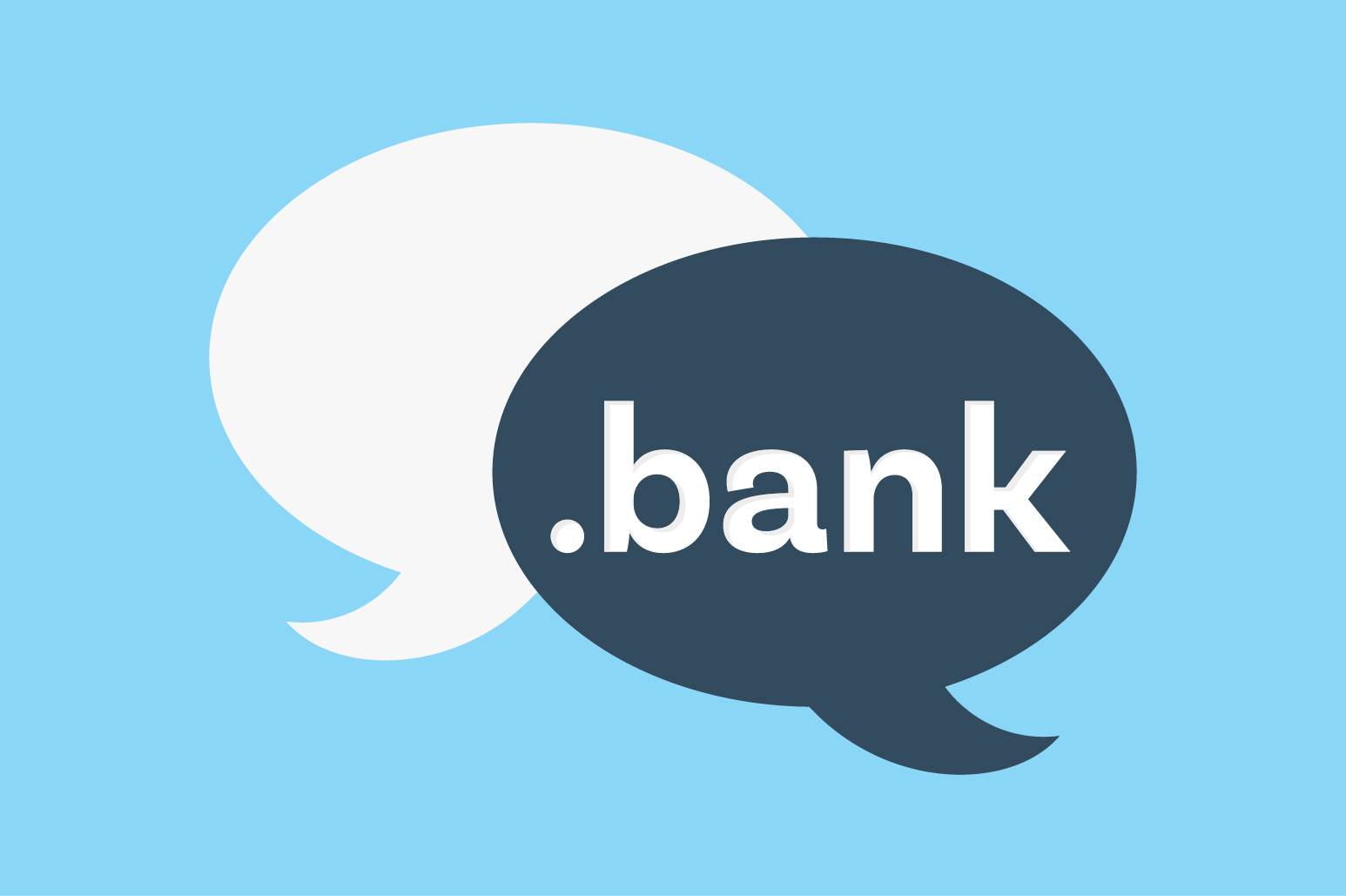Something to Celebrate
Brownboots launches a fresh new website for Farmers National Bank in Ohio.

3/14/18
Nearly three years after its debut, the .bank top-level domain (TLD) continues to confuse financials.
Fortunately, we keep up to date on the latest details surrounding the .bank domain. Read on for answers to the questions we get asked most often.
Unlike some decisions — like “Do I need a responsive bank website?” and “Does ADA compliance legislation impact my bank website?” — there isn’t an easy “yes” when it comes to the .bank TLD. There are pros and cons to consider, and each bank’s unique situation will determine the best answer.
Here are a handful of questions to consider when deciding whether to switch to .bank:
If so, make sure your marketing communication plan takes advantage of key marketing messages, such as being first to market with .bank.
If a number — or the majority — of your competitors have switched to .bank, you may wish to make the switch as well so that your .com isn’t perceived as “behind the times.”
As mentioned above, there is a considerable increase in registering a .bank domain — upwards of $1,000 per year. Beyond that, changing your bank website’s domain will have an impact on all marketing communications, including email and all printed pieces (business cards, statements, letterhead, signage and so forth).
Switching to a .bank domain for the sake of change alone won’t likely yield much ROI.
You should inform existing customers of the new URL leading up to the conversion. Additionally, it is wise to redirect the old domain to the new .bank domain, especially when it comes to popular and likely bookmarked pages.
Also, be aware that most consumers think of .com as the default, so you might inconvenience — or outright miss out on — potential customers who try that URL first.
For example, once banks are required to serve content at TLS 1.2 or greater, older browsers (such as Internet Explorer 9 and prior versions) as well as older operating systems will not be able to access the website. In these instances, the web browser will simply return a message that the site cannot be reached, without any further explanation, so it is imperative that you keep your customers informed and assist with updating their browsers and operating systems prior to implementing the .bank domain.
In some cases, it might make sense to reserve the .bank domain that corresponds with your .com, if only to prevent competitors or banks with similar names from using it.
Unfortunately, current rules do not allow for a .bank domain to redirect to a .com or any other domain, so if you “park” your .bank, the costs that go into the domain registration and DNS hosting are 100% lost from a practical standpoint. (Note: you can redirect a .com to a .bank, though there is not much of a benefit in doing so.)
If your bank is on the fence about using the domain or not, BrownBoots typically recommends against incurring the additional costs. However, if you have plans to use the .bank domain in the near future, reserve the domain you want for branding and marketing purposes immediately.
Brownboots launches a fresh new website for Farmers National Bank in Ohio.
A new website for The Dolores State Bank showcases their updated branding and their community.
Capitol Bank of Wisconsin and Security National Bank of Nebraska are both new additions to the ever-growing BrownBoots roster of clients.